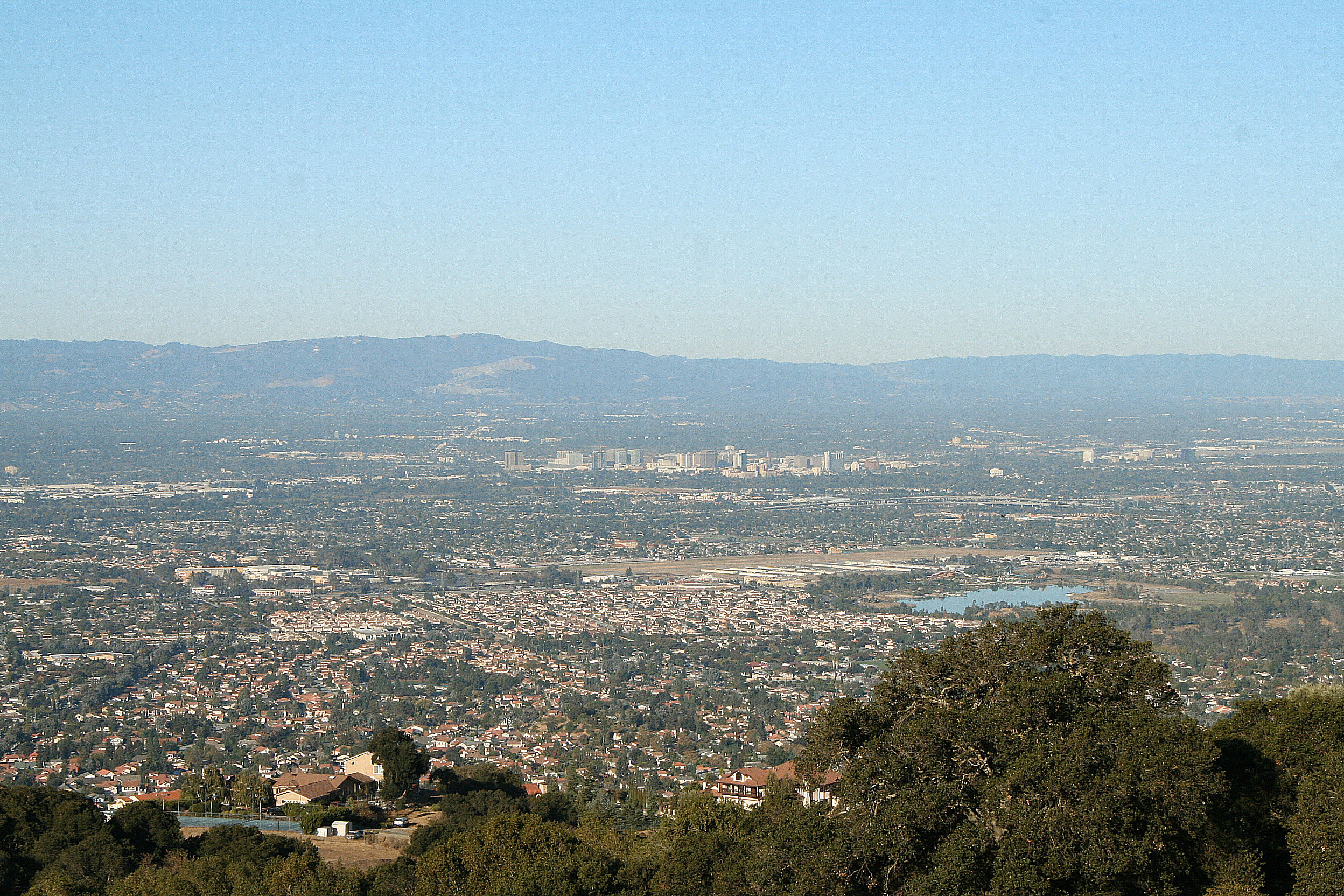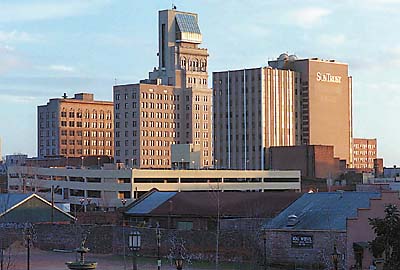Silicon Valley’s economy is a powerhouse. Representing 14% of U.S. Gross Domestic Product, if California were a country, it would have the sixth biggest economy in the world. Although it has remained successful for decades, California was not always the leader that it is today. What about California led it to become a high-tech phenomena?
The Growth of Silicon Valley
Semiconductor Expertise
Although Silicon Valley is well-known among the American public today, this area was not always known for its tech development. In the first half of the twentieth century, San Francisco began to become a hub for the radio and telegraph industries. The first steps towards becoming modern-day “Silicon Valley” occurred in the 1940s, with the founding of Hewlett-Packard and Bell Labs. Engineers at HP made oscilloscopes, radar and artillery technology to aid the US in World War II. The first ever transistor was also invented at Bell Labs during this time period. The transistor later went on to become the computer processor, and its inventor created Shockley Semiconductor Labs, the first company to create transistors out of silicon.
In the ‘50-60s, employees with knowledge of semiconductors at Shockley Semiconductor Labs left and started their own enterprises. From there, the area became a hub for technology, known for expertise in semiconductors.
University Collaboration
Another milestone, occurring simultaneously with the region’s growth in semiconductor production, was the creation of the Stanford Research Park (SRP) in the early 1950s. Stanford University’s Dean of Engineering developed SRP as a hub for entrepreneurs and researchers to collaborate. Soon after SRP’s creation, the city of Palo Alto annexed SRP’s lands to generate tax revenue; this created a mutually beneficial relationship between Palo Alto’s residents and the researchers at SRP.
In 1951, Stanford Research Park’s first company, Varian Associates, broke ground. Varian went on to develop the microwave tube, which served as underlying technology for satellites technology and particle accelerators. Since then, SRP has been the home to many technological breakthroughs, from developing components of the international space station to being the home to Facebook as it was in its earlier stages of growth.
University presence in the area gave Silicon Valley the advantage of having a steady stream of innovators. Lawrence Livermore Labs‘ establishment at the University of California at Berkeley in 1952 also brought a wave of innovators to the area. Their development of breakthrough defense technology began many years of innovations. Their work in collaboration with Los Alamos National Laboratory later enabled the launch of the Human Genome Initiative in the 1980s.
Over the following decades, more companies located themselves in the area. The 1970s brought Apple, Atari, and Oracle. The location of these large companies in the area brought talent and prestige.
Two decades later, after the area was well-established as the leader for the computer industry, companies like eBay, Yahoo, and Google all joined the ranks of Silicon Valley’s residents.
High Tech High Growth Enterprises and Changes Over Time

Graphic 1 shows changes in the amount of high tech high growth enterprises since 1986 in the Bay Area. We can draw a few insights from this information. First, the Bay Area’s concentration of these types of enterprises has clearly grown. The cities of San Francisco and San Mateo also became significantly more crowded than 30 years ago. However, concentration is not the only thing that has increased. Enterprises span the entire bay perimeter, whereas they used to mostly exist in small clusters.
A small cluster of enterprises has been growing to the East of the Bay Area, in Pleasanton. This could be a sign of even further sprawl in future years as the more popular areas become overcrowded.
Home to Venture Capitalism
Silicon Valley also houses the street that features some of the most prominent VC firms in the world: Sand Hill Road. Sand Hill Road, a 5.6-mile strip in Menlo Park, is famous for its high concentration of VC firms. The biggest names in tech – like Microsoft, Amazon, Facebook, and Twitter – all received funding from Sand Hill firms.
Although the success has been relatively steady, many sources are hypothesizing that Sand Hill Road’s reign may not last much longer. Tech Crunch attributes Sand Hill Road’s potential demise to VC firms’ desire to be closer to entrepreneurs along with the understanding that location isn’t as important as it used to be due to increased technology and on-site visits to founders. Sand Hill also has some of the highest space rental prices in the United States, which doesn’t incentivize firms to stay. Nonetheless, even as firms leave Sand Hill Road, they tend to stay in the Silicon Valley area. This means that Silicon Valley’s reputation as a VC leader is not truly in danger.
Broadening Success to California
With the success of Silicon Valley in Northern California and the long-standing success of Southern California as a center for pop culture and media, it is no surprise that the state experiences economic prosperity.
The Milken Institute cites the diversity of high-tech firms as what allows Silicon Valley and the rest of California to thrive. This diversity serves as a protection in the event that a specific tech industry crashes. Through sharing of resources and ideas, new firms are frequently popping up as well.
Nonetheless, California’s success is not unstoppable. According to the Milken Institute, California’s human capital capacity has been decreasing. Its rank in the Human Capital Investment Composite has dropped from second in 2002 to seventeenth in 2014. With this, California must recruit human capital from other states and countries in order to satisfy demand. If this human capital pipeline ever stutters, it could create issues for California’s continued growth. California is also only mid-tier when it comes to per capita academic R&D investment; this may not bode well for maintaining innovative competitiveness in the future.



